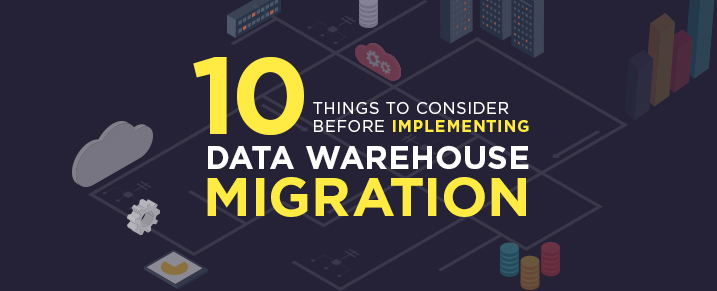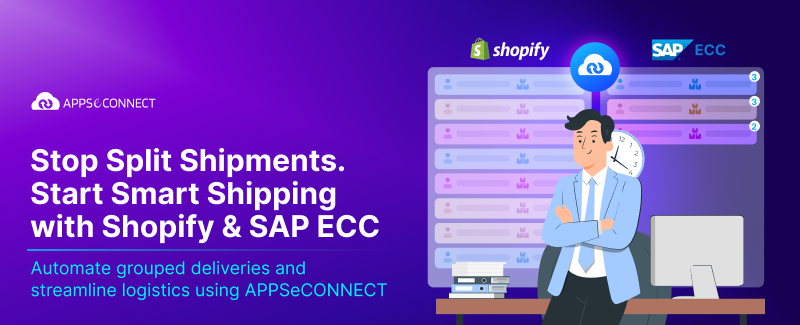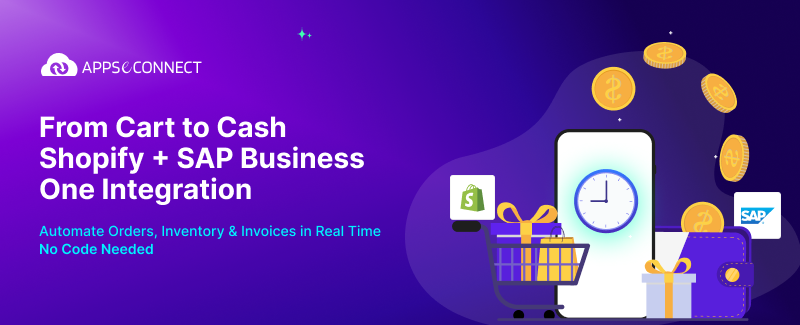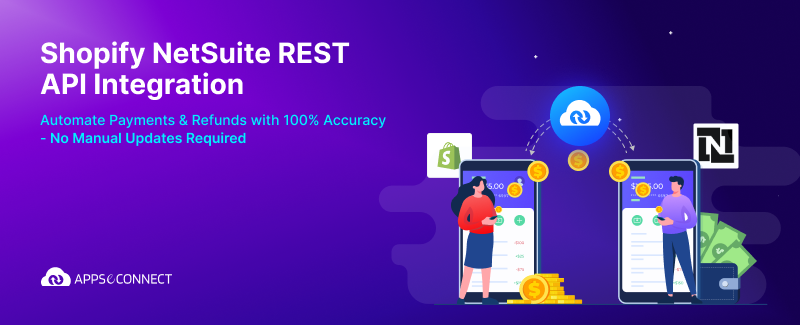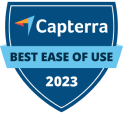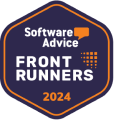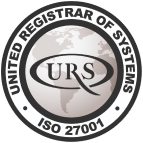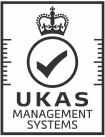A number of reasons compel organizations to transfer their existing data to a new platform. Whether migrating to cloud, big data platform or simply to a better data processing platform owing to the operational challenges, data warehouse migration requires adequate planning and strategy. Before migrating you have to be certain whether the target location is the right solution for your workload.
A thorough understanding of supported scenarios, requirements and process is crucial for a smooth transition. Risks like reporting discontinuity, downtime, data loss, irretrievable data alteration, failed implementation etc need to be dealt with firmly in order to ensure that there is no economic or productive loss to the organization during migration. One must have knowledge of the various Data Formats for framing a proper Data Migration Strategy.
Following are the key considerations before implementing data warehouse migration:
1. Understanding both Data Source and Target
Before transferring data to an advanced application or system, it is essential to have an understanding of data source and data target. It helps you to minimize the impact of irrelevant data, and reduce risk exposure. Ideally, data migration should be seamless with the transfer of data from source to target without disrupting business operations. Apply target-driven approach to refine data using relevant criteria like line of business, product type etc to ensure that migrated data delivers maximum value to the enterprise.
2. Detailed Discovery of Data
Data discovery is best achieved through complete profiling and auditing of source data. This helps you to identify anomalies in source data at an early stage. A thorough analysis of data ensures that the planning and mapping code is clean. Data validation at an early stage ensures that strategic decisions are well-grounded and you are in a better command to choose the right migration method. The cost of code amendments at the testing stage is reduced by up to 80% when full data auditing is executed.
3. Defining Mapping Specifications
Defining mapping specifications is essential to ensure that designated source data fits the target accurately. Mapping specifications are converted into migration code and the code is verified to identify errors in test environments. An integrated solution which is a combination of load ETL tools, transform and data quality tools, is required to restructure data for targeted delivery. Such a solution can deal with complex tasks such as cleansing, transformation, and matching functions besides catering to free text fields.
4. Budgeting and Deadline
Cost of data migration project is proportionate to the amount of data to be migrated. So carefully select data to be included in the migration suite without carrying the load of redundant data. The budget should incorporate both time and cost associated with data profiling and auditing, defining mapping specification, writing migration code, developing data transformation and cleansing rules, to loading and testing data. By taking them into account contingency and various external factors one can arrive at a realistic budget with an apt project deadline.
5. Planning ETL Version Upgrade
ETL version upgrade is performed in the existing IT environment and the upgrade process support is usually provided by the ETL tool vendor. While performing ETL version upgrades make sure that you are able to restore the AS-IS environment in case the upgrade process is unsuccessful. Even though implementation fails, it is quite possible that the database is modified in some or the other way. Define a database rollback path using database and ETL features to restore data warehouse data. Change your job schedules in line with the upgraded ETL version.
6. Planning Database Version Upgrade
Database version upgrade eliminates the need for actual data migration. Version upgrade either happens in place or in a new environment. The support for in-place migration is often provided by database vendors. Nonetheless, it is important to take into picture downtime, backup, and installation failure while planning version upgrade. In case the upgrade process is complicated in comparison to the value generated, it is advisable to go for new database installation along with full migration of data.
7. Defining Migration Strategy
The migration strategy is based on project requirements and available processing windows. Big bang migration involves the transfer of entire data in one go in the given processing window. And in case of systems migration, there is system downtime while the data is extracted, processed and loaded to the target.
This approach carries a risk of downtime, failed migration due to the sheer volume of data, and poor data verification. An incremental approach, on the contrary, involves phase-wise migration of data by running the old and new systems simultaneously, thereby, eliminating downtime risk.
8. Utilizing Human Resource
Data migration can be an overwhelming task. Having a strong support of dedicated individuals at every level within the company is crucial to the success of data migration. Employees from IT and other significant business teams should be involved in the project. Senior-level executives should render complete support and dedication. Many users may find it challenging to work on the new system or work with reformed data set. Therefore, it is vital to promote effective communication across the teams so that business productivity is not compromised at any cost.
9. Selecting the Right Tools and Technologies
Choosing the right tool is mandatory to speed up the migration process and minimize risk exposure. There are various tools available to you.
- Data integration tools like Informatica PowerCenter, IBM InfoSphere Information Server for Data Integration are used to build ETL processes and can handle complex integration use cases.
- Data warehouse automation tools like Wherescape, Dimodelo are specialized tools for building data warehouses that structure your data and prepare it for BI (Business Intelligence).
- Data virtualization technologies like Cisco Data Virtualization, DataVirtuality provide a secure virtual data layer, real-time data access and provisioning.
- System integrators are useful where manual effort is required to extract data mappings and transformation logic.
10. Data Improvement and Governance
Quality of data must be continuously improved before and after migration. There are various data quality software tools that optimize data quality process and help you to manage the entire data quality lifecycle. Complex data issues and challenges are diligently addressed delivering instant value to your business. A data governance board led by senior members and business users ensures that success of the new system is guaranteed where connected parties can take decisions and timely actions.
Plan your Data Warehouse Migration before Implementation
Migration process may vary depending on various factors like number and type of source systems, target, enterprise size, and data complexity. Data quality at source should be assessed and corrected, define mapping specifications, budget your project, plan ETL/database upgrades, define migration strategy, select the right tools, and utilize talent to give a boost to your data migration project.
Now, you can easily integrate your line of Business Applications viz. ERP, CRM, Ecommerce stores, Marketplaces, Shipping and POS Systems under one platform to automate the business process!
You may also like:
XML, JSON and CSV Data Formats: What does the Future look like?
7 Types of Data to Sync Between your ERP and Ecommerce
Ecommerce Checklist to Improve your SEO, CRO and Speed




